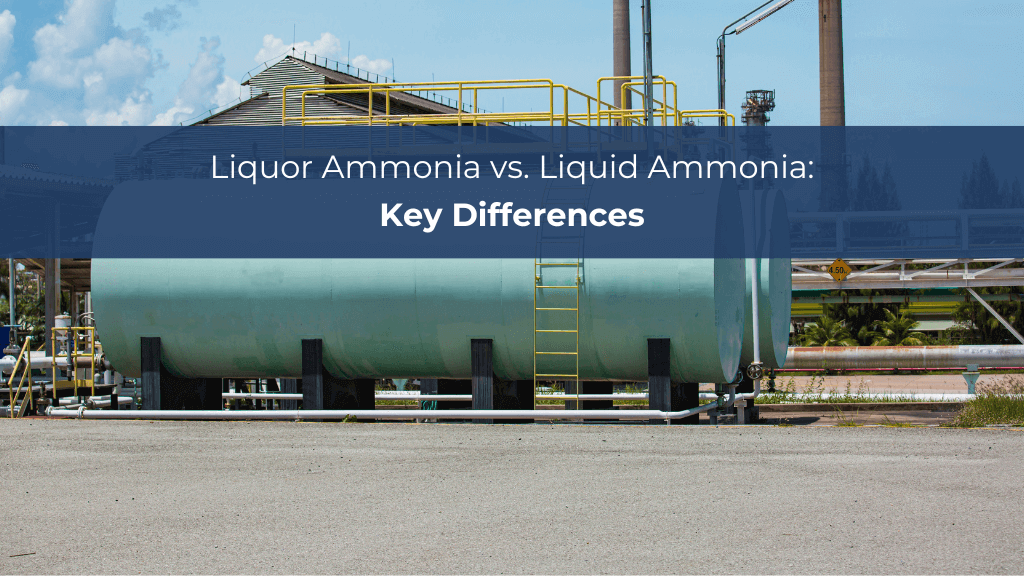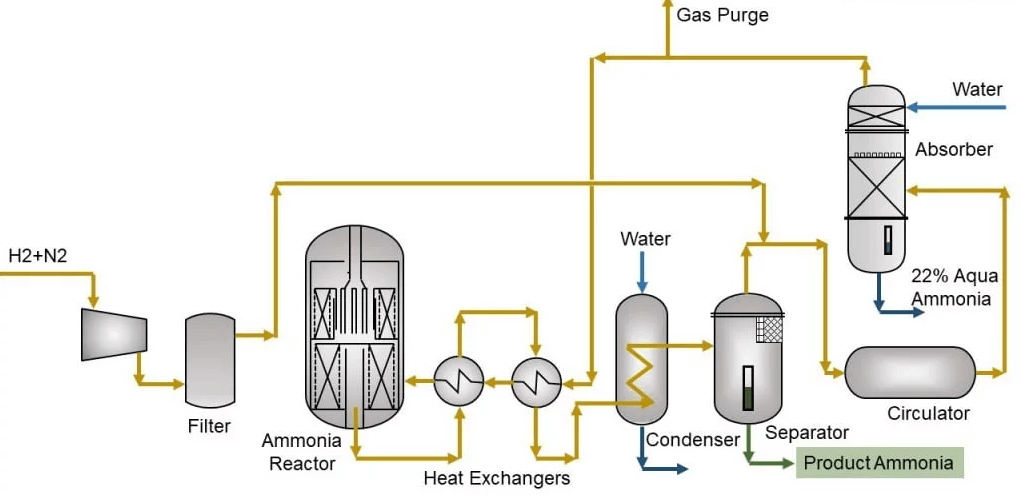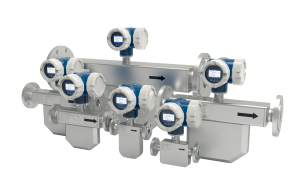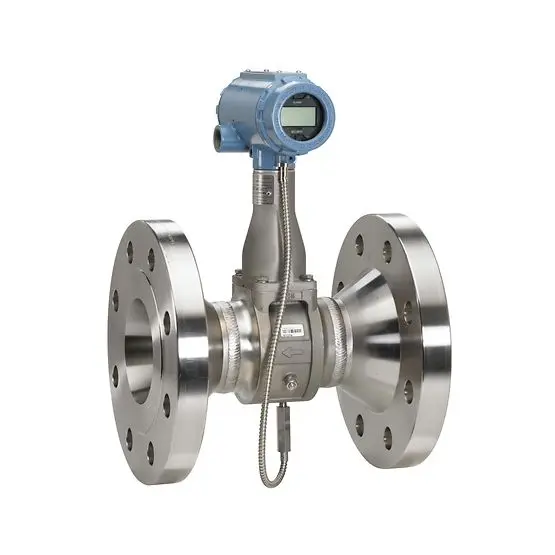Ammonia Flow Measurement
Ammonia, a toxic and hazardous compound, is critical in numerous industrial applications like fertilizer production, cooling industrial system and nitrogen oxides reducing. Consequently, its significance in versatile fields raises more stringent requirements on safety, efficiency and even accuracy. Precision measurement of ammonia flow in practical industrial processing is not merely a technical requirement, but also a safety imperative.
Choosing a suitable flow meter for ammonia makes a difference in handling distinctive properties of both gaseous and liquid ammonia in industrial pipelines. Then accurate data and reliable outputs like 4-20mA, RS485, or pulse signals could be monitored and recorded for real-time adjustments. Operators are able to optimize processes in compliance with safety standards.
In addition to precise control in processes, ammonia flow measurement is needed in all links to reduce risks triggered by the toxic NHx, which may cause irritation to the eyes, nose, throat at low concentrations. And cause severe inflammation and burns further in the case of high exposure. Exposure to concentrated ammonia may lead to blindness, respiratory failure and even death.

Gas Ammonia vs. Liquid Ammonia
Gaseous and liquid ammonia vary in distinctive properties and industrial applications. Notable differences between two forms of ammonia affect handling, storage and measurement solutions significantly. Gas ammonia is composed of nitrogen atoms and hydrogen atoms, which decomposes at high temperatures to form nitrogen and hydrogen. Moreover, gas ammonia transform to nitric oxide with the help of a catalyst under appropriate conditions.
The toxic gaseous ammonia is corrosive and reacts strongly with moisture when it comes across water and mucous membranes. Generated ammonium hydroxide is extremely caustic and dangerous to tissues.
Liquid ammonia is the result of dissolving ammonia gas in water, renowned as an aqueous ammonia solution, which is a kind of colorless volataile liquid with pungent odor. Potential thermal reactions should be handled carefully when ammonia interacts with water. The aqueous ammonia evaporates when it is exposed to air, turning back to gaseous form. One more character is it could be dissolved to organic solvents like alcohols and ethers easily.
Measurement and Flow Control Requirements
Given corrosive and other distinctive chemical properties of gas ammonia, appropriate rangeability is important when choosing a correct flow meter without compromise in accuracy. Optimal ammonia delivery requires flow meters with high precision. And corrosion-resistant property of a flow meter is a must-have to withstand the harsh environmental conditions.
Operational variables like temperature, pressure and viscosity should be taken into account for more stable and precise measurements. Temperature compensation is useful in maintaining accurate readings for its varying behaviour with temperature.
Challenges of Ammonia Gas Measurement
All in all, there are various challenges in gas and liquid ammonia measurement.
✤High volatility and reactivity
✤Corrosive and toxic property
✤Soluble in organic solvents
✤Temperature and pressure compensation

How is Ammonia Used in Manufacturing?
The most prominent use of ammonia in the USA is a powerful nitrogen source for plant growth. More than 80% ammonia is used to produce solid bulk fertilizers in the agricultural sector. Those solid bulk fertilizers could be applied directly to soil or transformed into various ammonium salts. As we all know, nitrogen supplementation take effects on growing of large-scale cultivation of food grain.
Take good use of ammonia's distinctive chemical properties in industrial cooling system. Substantial heat could be absorbed from gaseous ammonia in the process of liquefaction, reaching the purpose of keeping low temperatures in a confined space. So the above property leaves ammonia one of the most efficient refrigerants in practical applications.
For example, food processing plants require industrial refrigerants to control temperature. Perishable goods stay in fresh and good status in compliance with stringent standards on food sanitary and safety. It's preferred among other refrigerants for its higher cooling efficiency. Moreover, its minimal impacts on environment follows current trends of reducing carbon emissions and energy costs.
Ammonia is a game changer in reducing nitrogen oxides emissions. In general, it is introduced to react with nitrogen oxides when trying to convert them to environmental nitrogen and water in both selective catalytic reduction (SCR) and selective non-catalytic reduction (SNCR). Nitrogen oxides, a primary contributor to air pollution and acid rain, are able to being converted to harmless content after SCR and SNCR.
Accurate ammonia flow measurement grows important in industrial automation and processing lines to maintain regulatory compliance and NOx reduction efficiency, in which a trivial deviation may impact system performance and environmental outcomes.
Recommended Ammonia Flow Meter

Find the right gas mass flow meter with Lonnmeter. Wide range of high-performance for diverse flow rate & gas compatibility needs. The mass flow meter offer reliable and accurate readings and help you get rid of repeated manual measurement. Leave operators away from toxic or hazardous medium, guarantee your personal safety as much as possible.
8800 Vortex Flow Meter
The gasket-free and clog-resistant vortex flow meter for gas enhances process uptime and reduce unexpected interruptions. Its highlights lie in innovative design and isolated sensor, allowing for the replacement of flow and temperature sensors without compromising the process seal.

Post time: Nov-08-2024





